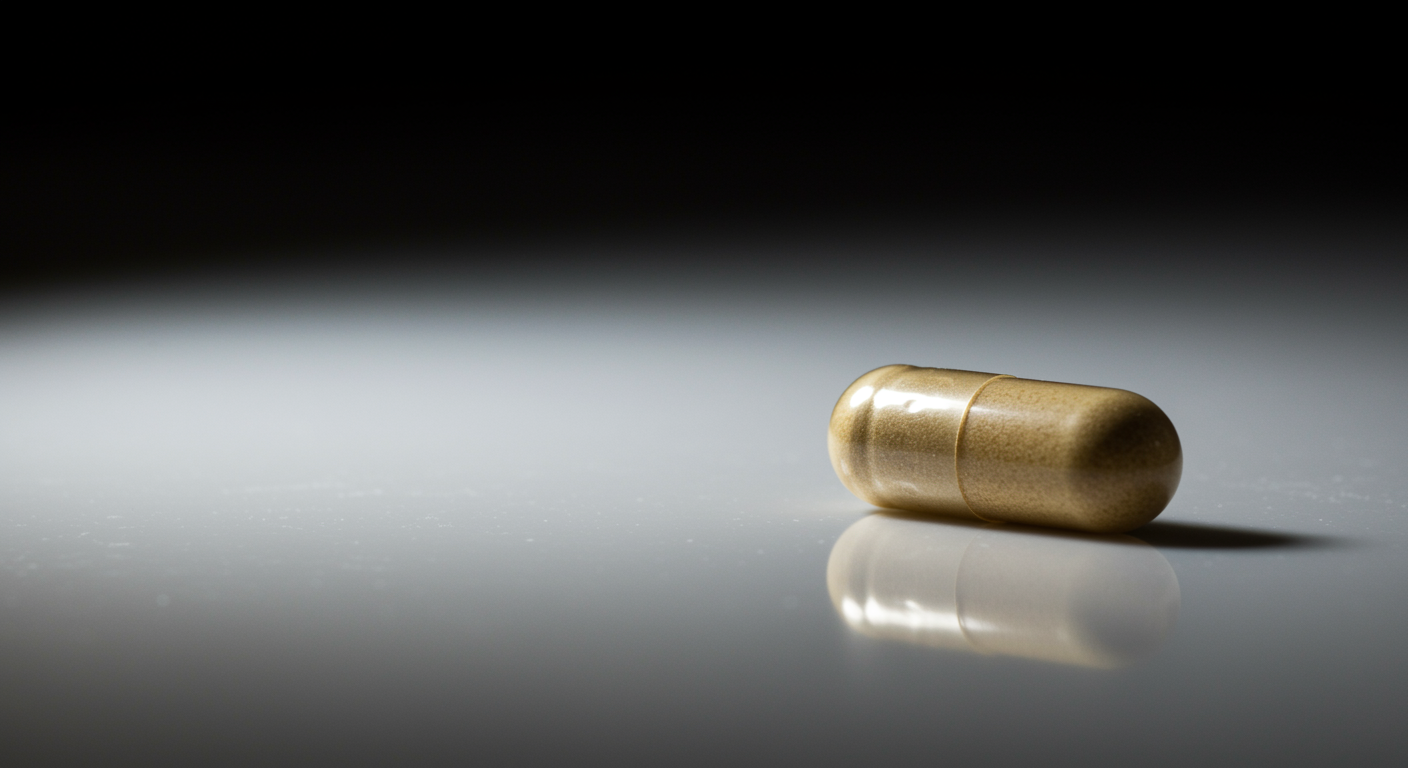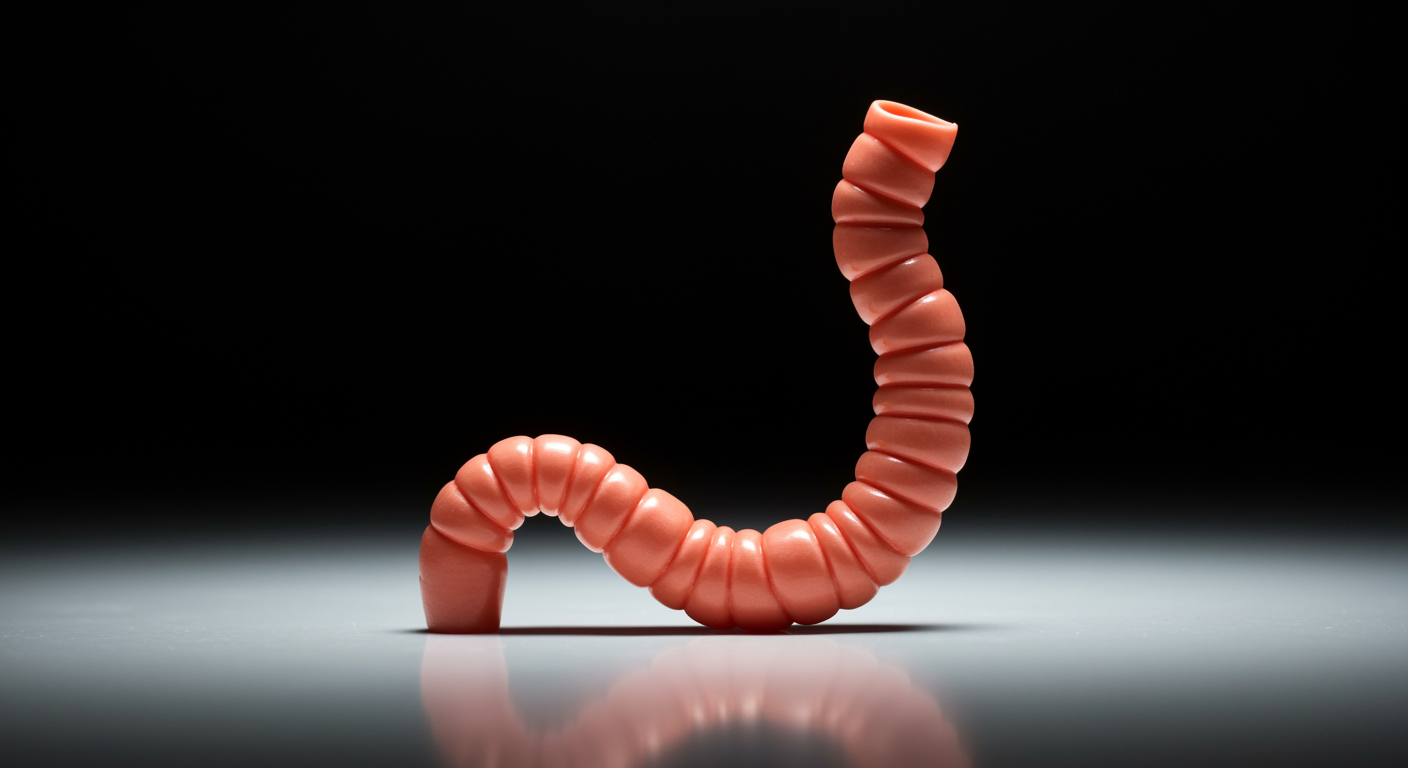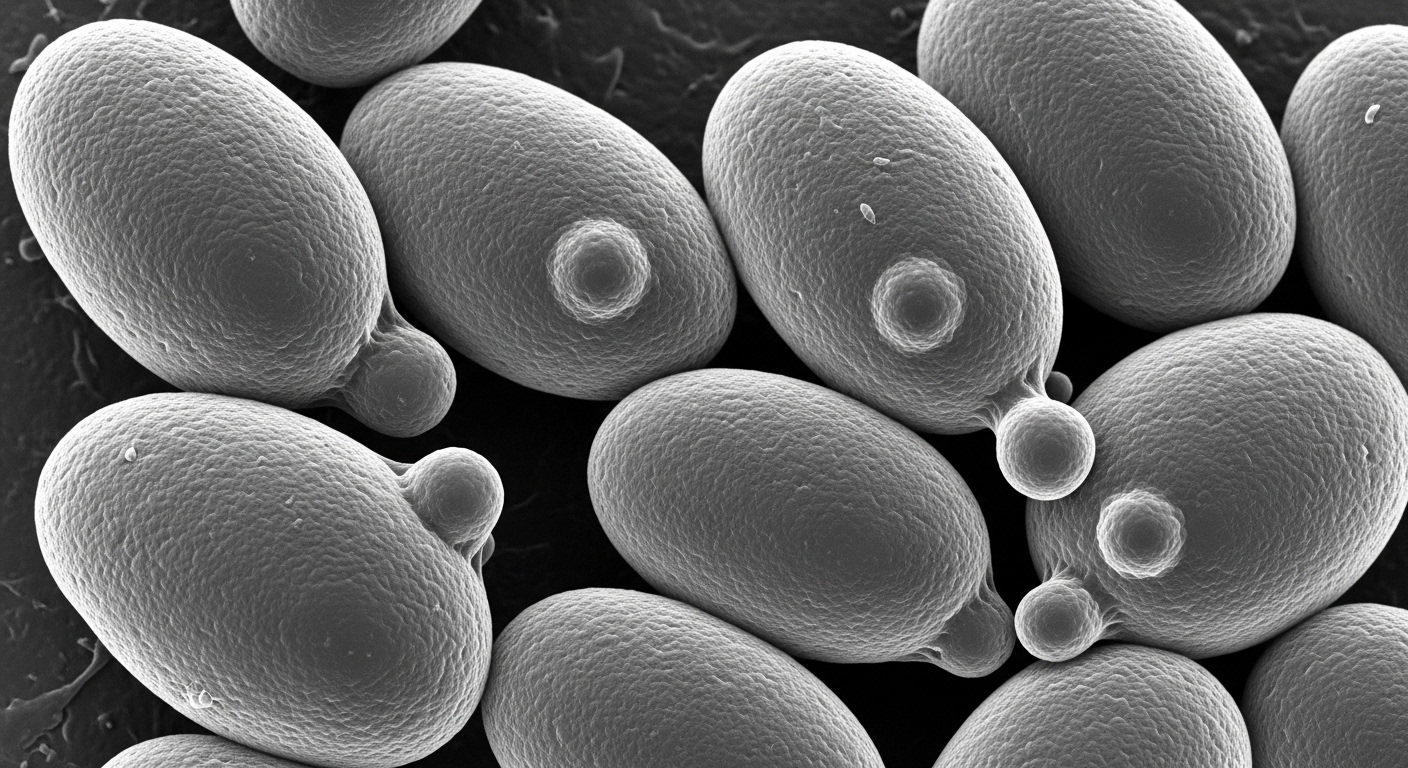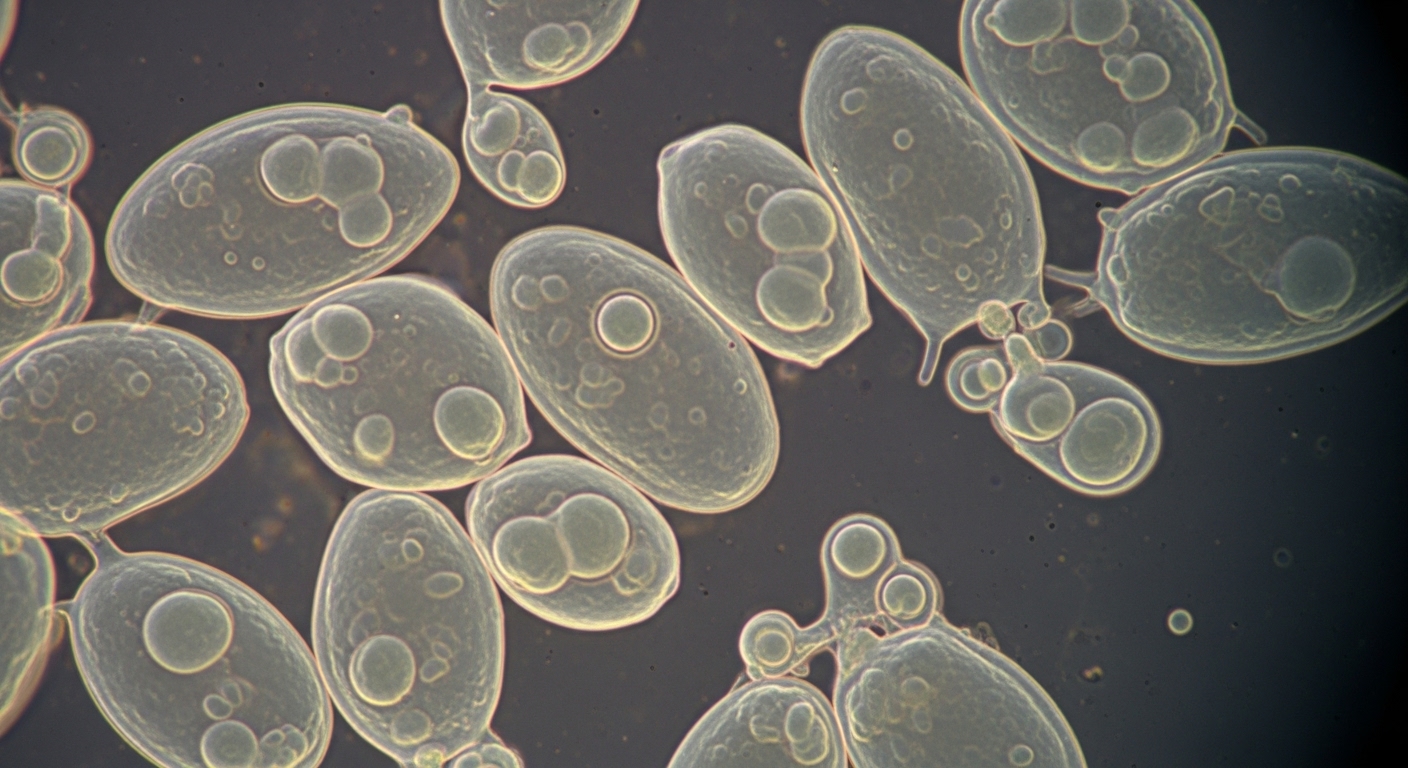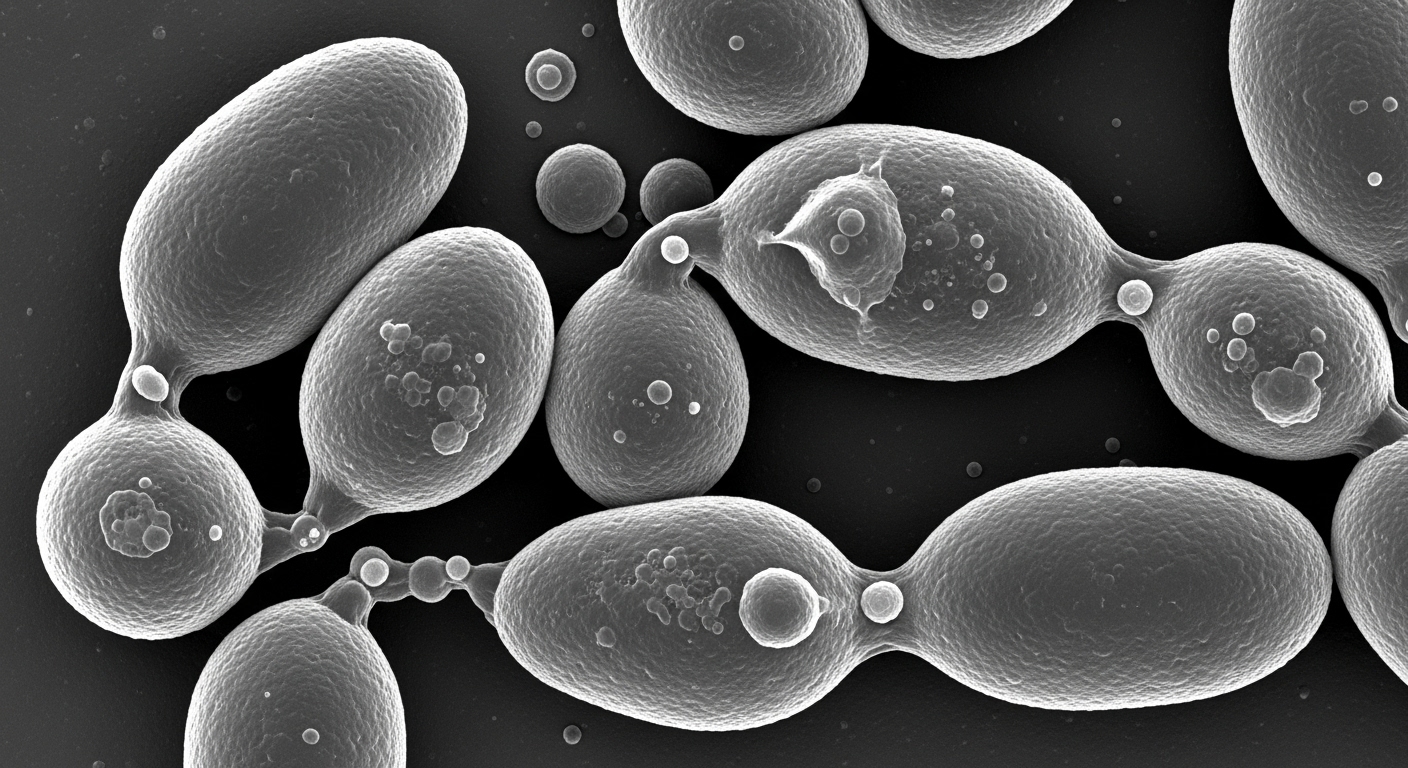How Probiotics Boost Serotonin: The Gut-Brain Connection Explained
Can Probiotics Actually Increase Your Serotonin Levels?
Yes, specific probiotic strains can increase serotonin production in your gut and influence mood through the gut-brain axis. Research shows that certain bacteria can directly stimulate enterochromaffin cells to produce more serotonin, while others modulate the enzymes and pathways involved in serotonin synthesis, creating measurable effects on both digestive function and mental well-being.
Dr. Kumar’s Take
The probiotic-serotonin connection represents one of the most promising areas in gut-brain research. Since 90% of your body’s serotonin is produced in the gut, targeting this system with specific bacterial strains offers a novel approach to supporting both digestive and mental health. The key is understanding that not all probiotics affect serotonin - only certain strains have been shown to have “psychobiotic” properties.

